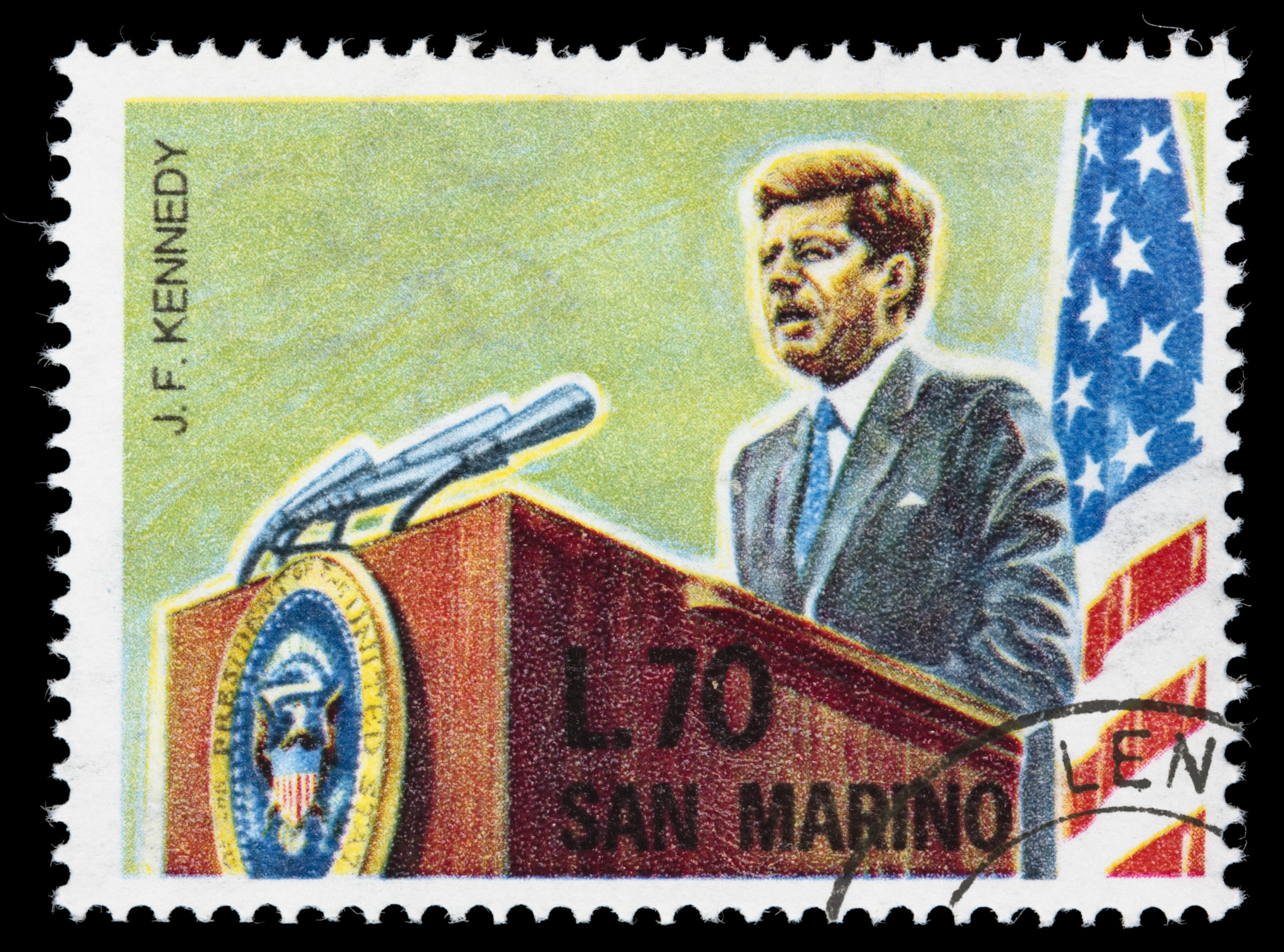As new innovations continue to help streamline club operations, GGA Partner Henry DeLozier cautions against replacing staff with technology and removing what can be priceless interactions for members and guests alike.
Most clubs today are facing the dual challenges of rising labor costs along with ever-greater member expectations.
In our modern digital age, the obvious solution for many has been to systematize and automate services wherever possible across their operation.
But while this may be cost efficient, clubs must beware…the result is often the depersonalization of member services.
Remember, clubs share an emotional – not transactional – relationship with members. And both research and experience have shown us that the best member services are strictly personal.
For a club, to depersonalize is to chip away at the very foundation of your business.
Here are five tactics for personalizing services at your club:
1) Reserved or Reserved for…?
Recognize reserved tables with a reserved placard that displays the name of the member for whom the table is reserved. It’s a small touch which underscores that “we have been anticipating your arrival”. These little efforts add more to the member experience than you might think.
2) Monitor Club Communications for Engagement
Most clubs blindly issue email communications to members with little-or-no tracking to understand if the message was even received – let alone opened, read, or acted upon.
Follow up your club’s emails with calls to individual members who are not opening or engaging with club communications. Ask if the messages are being received (although your analytics will have revealed this already). This is a chance to learn what topics interest your members…and which topics don’t.
3) Personalize Your Club’s Communications
As suggested above, develop a personal communications profile for each member.
As with Facebook or LinkedIn, you can enable members to populate their own profiles (though some members who are not computer natives will need help with this).
This allows you to learn what topics interest each member, in what media they prefer to received messages, what days and times they want the messages to be delivered, and from whom at the club they wish to receive important information.
In essence, stop issuing “Dear Member” communications.
4) Meet with Members
Whether one-to-one or in small (fewer than four people at a time) member groups, meet to discuss the club and its various priorities. Ask members for their feedback, learn their priorities, and ensure that they know and understand the board’s strategic priorities too. This will make them feel included, valued and empowered.
5) Facilitate Member-to-Member Introductions
Most members are truly acquainted with very few of their fellow members, but clubs are more fun when people know more people.
There are several ways you can help this along, such as hosting multiple welcoming events for new members, enlisting your board, committees, and staff to become the “connectors” between members, and creating a digital (online) member directory to help members learn more about one another.
Using the member profiles described above, you can personalize the effort by connecting people with similar backgrounds – such as universities attended, hometowns, or places of employment.
Keep in mind that private clubs are a platform for socialization. An undeniable characteristic of successful clubs is the sense that “everyone knows one another”. Help your members get to know one another and, in so doing, make your club ever more relevant to the members.
Ultimately, the key is to treat your members as the valuable resource that they are. Keeping your services personalized will help them know that they are recognized, respected, and valued, and provide the strongest possible foundation for your club going forward.











